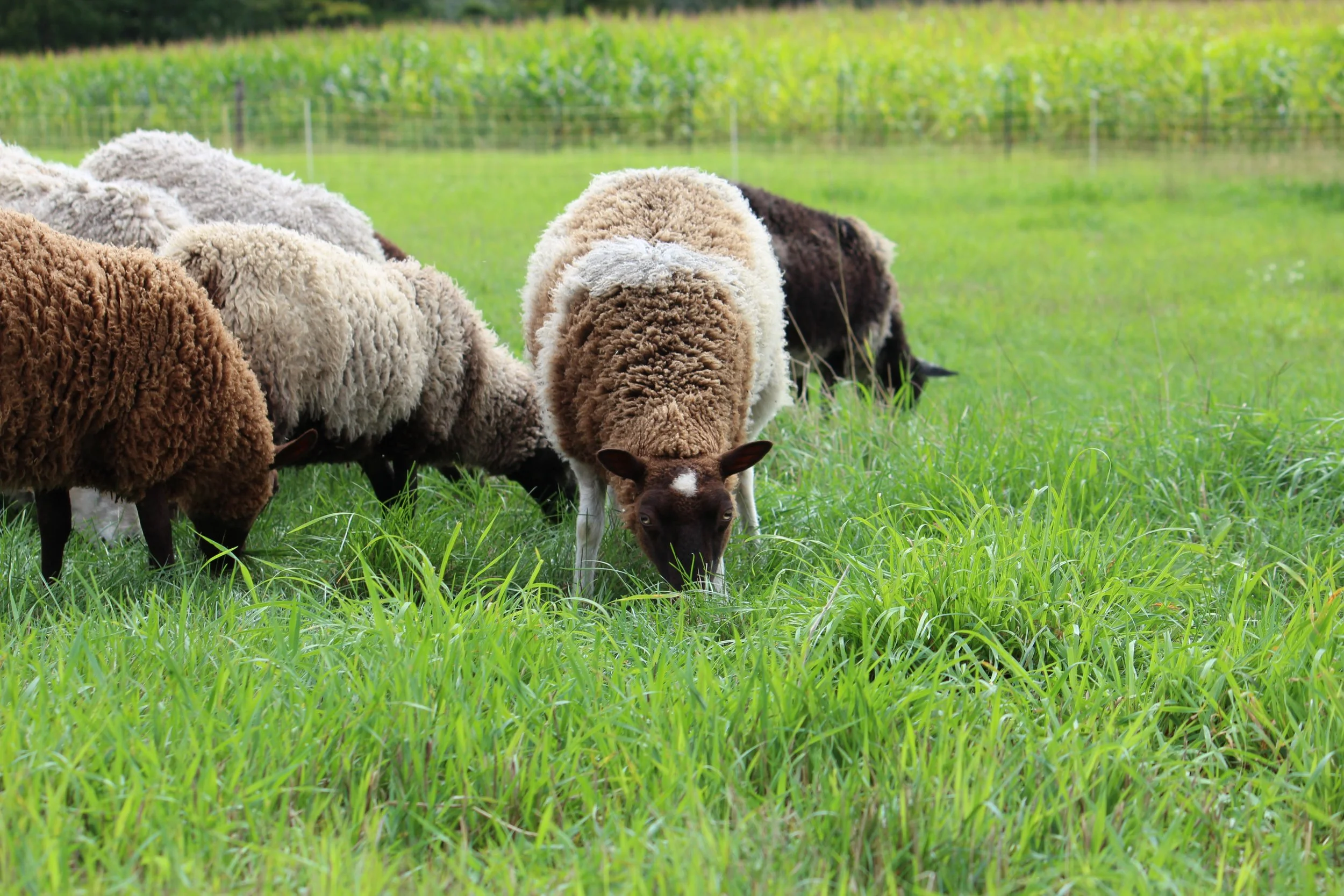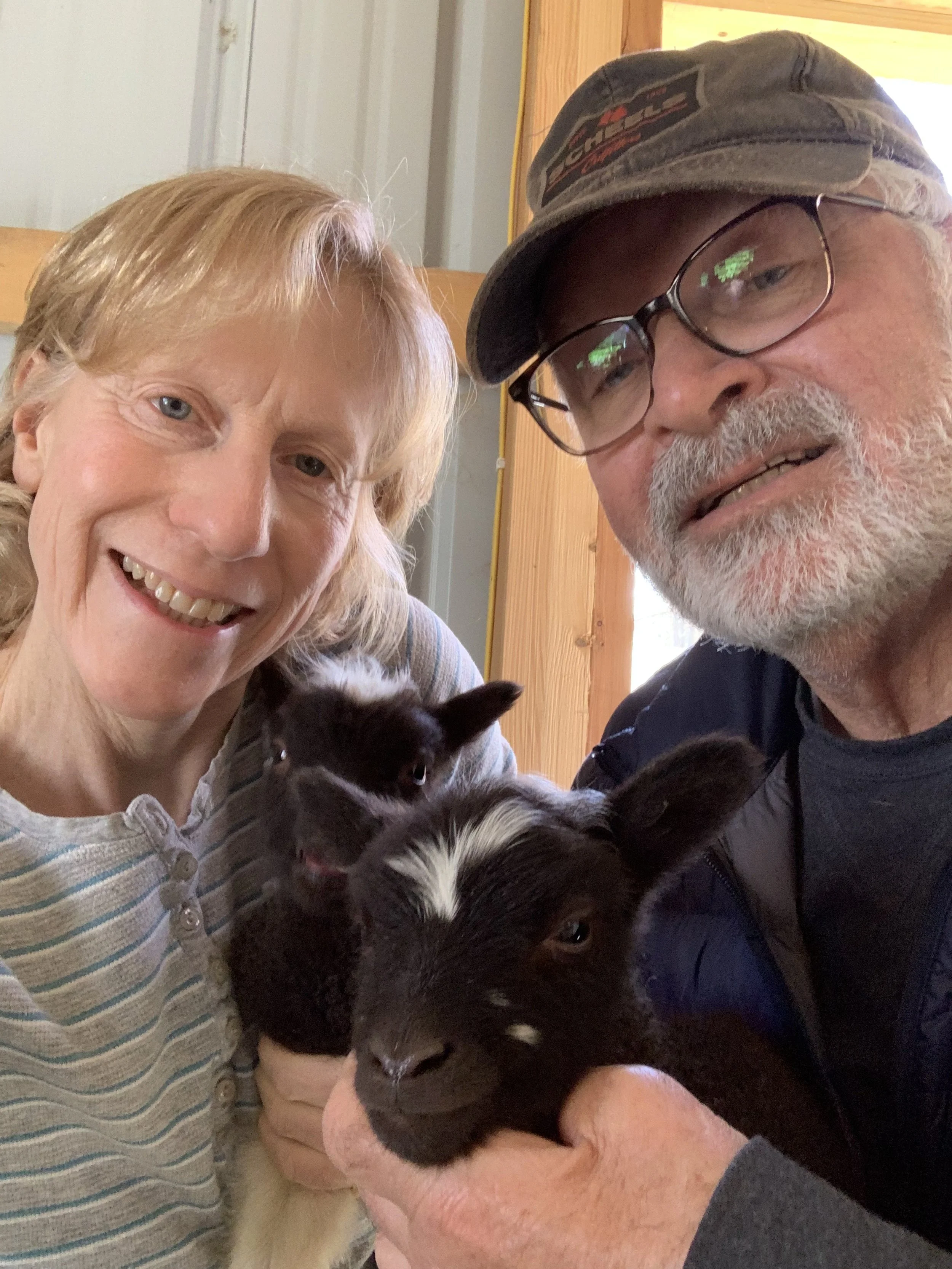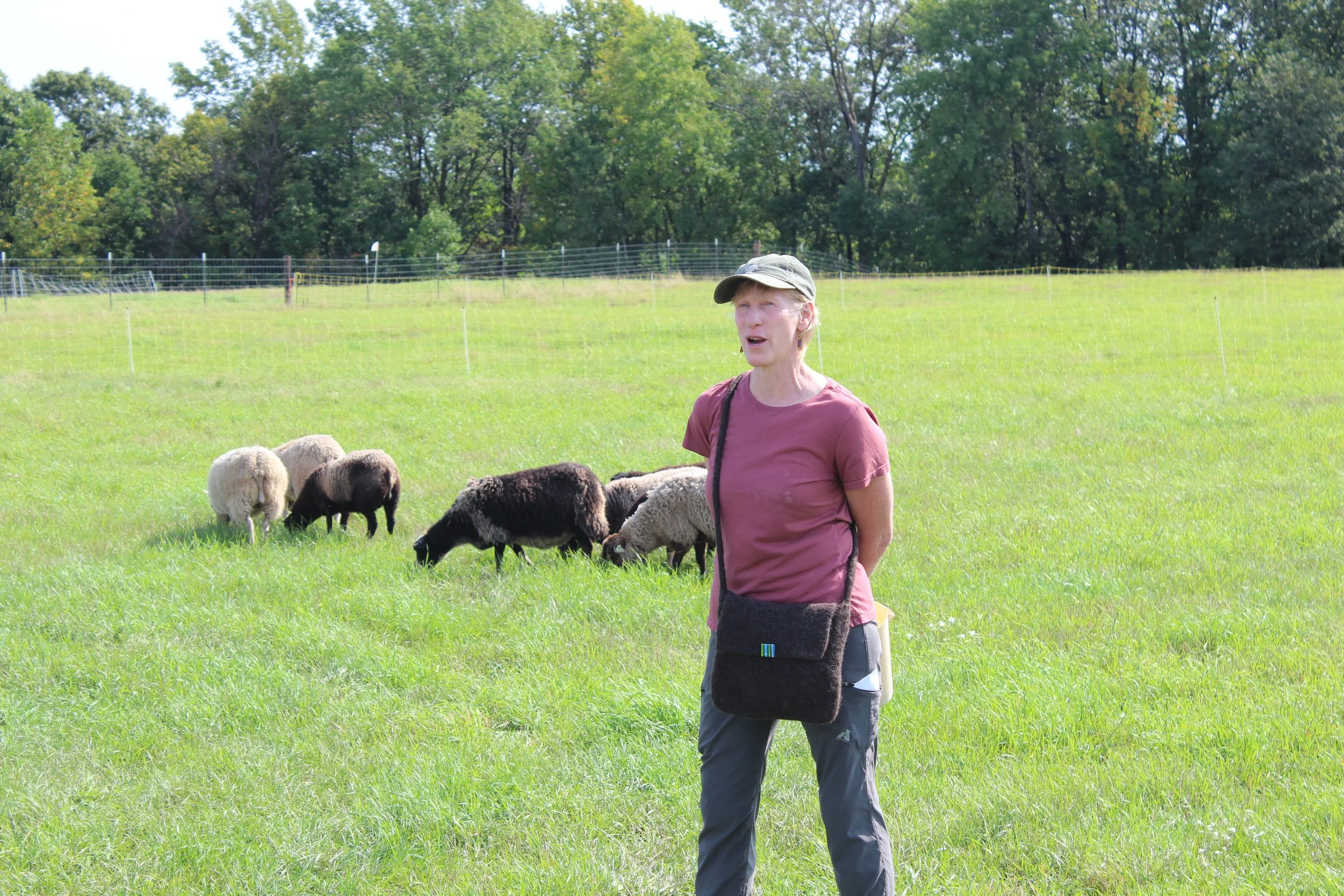written by Phoebe Eisenbeis
Curlee Acres
STEWARD NAME
Andrea Seifert
SHEEP BREED
Shetland
WEBSITE
https://www.curleeacres.com/
How did you get into farming and shepherding, what was your path to this moment now?
We had young kids and I had a wild hair of “we’re in the country let’s have some sheep!” First, we had a few primarily hay-fed sheep and wanted to have lambs for the kids to experience. I don’t know what the point was really! When the kids grew up and went away to school I thought this little venture was done…but we had a pregnant sheep and I thought “we can’t end it now!”
And around that time I realized I wanted wool sheep, which was this crazy idea that had been sitting there brewing and all of a sudden just dawned on me. So then we went down the road of really refining what kind of wool we had. And from there we just kept expanding. Then we got involved with the Fibershed and continued a journey of learning about the regenerative agriculture aspect of sheep which is now something that people are very aware of, such as the carbon sequestering that grazing animals can do. But that was new information for me when I got going with the pasture about 5 years ago. Also wool is just in the news and there is a turning tide on natural fibers and small ruminants.
What excites you about this work?
I think it’s fun to be a part of something that is making some small impact, helping push the big boulder that is starting to get moving. I think wool is gonna save the world, I think sheep are gonna save the world.
Also I just really like my breed of sheep. I shifted from more of the traditional dual coated Shetland sheep to more of the single coated sheep for their fine fleece just because it’s so nice to have next to skin soft wool. But what I love, and with all Shetland sheep, is all their colors and little spots. So that drives my interest.
What does a typical day at the farm look like?
There are easy days and hard days. On an easy day it’s getting them their hay and water. The mamas do get some grain now just after lambing. The harder days could involve setting up all the temporary fencing and getting them out to the pasture. Shearing day is a lot of work including getting all of their hooves trimmed up. And then there is dealing with all the fleece after shearing!
I take each of the fleeces to my wool studio and skirt each of them. Since they are smaller wool sheep you can’t just skirt it away, you really have to take your time with it because there is just not that much to their fleeces, whereas if they were bigger sheep or all the same color you can discard more that you don’t want or need. It’s kind of a chore because I need every little half-ounce that I can get. All the mills have different ways of doing things too, so even that is something to learn about; who handles your wool the best, what are the requirements for sending them wool, etc. It’s a part of the process that you don’t have total control over either.
Why did you get involved with Three Rivers Fibershed? And can you talk a little about how you align with the mission and goals of the Fibershed?
I align most with the local fiber production, especially wool. I definitely agree with all that the Fibershed does with their soil to soil concept and starting with practices that are really good for the earth. Also being part of shifting our whole ideas around what we need in our textile industry and how much we produce. I like to think about how we can reduce general plastic use and I see that as an aspect of the Fibershed as well. In so many cases I think about how wool could do what plastic does.
Some of my prototypes for different wool products are:
yogurt sack for wrapping around a jar of homemade yogurt
woven yoga mat rug
wool basket or bag in place of all of our plastic or reusable bags
What is something unique and exciting about your breed of fiber animal?
[Shetland Sheep] are a very hardy breed, the many colors, the fine fleece, they are smaller and easier to handle. Also our claim to fame is that two of our lambs are in a petting zoo, so we’ve got some really sweet and affectionate sheep. Two of my best mamas are a Shetland cross but they’ve just got the nicest, friendliest demeanor so I keep them for that reason. Their lambs also become very friendly, I think they learn it from their moms.
























